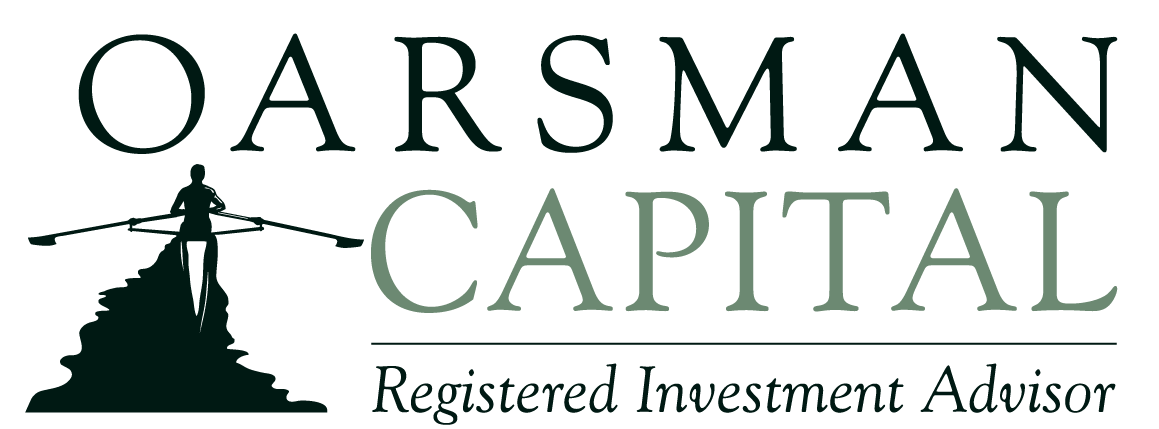1Q 2025
Q1 2025 saw market volatility, with the S&P 500 declining due to concerns over inflation, tariff policies, and slowing economic growth. While earnings expectations remain positive, the uncertainty surrounding tariffs and potential stagflation has created a cautious outlook. International markets outperformed, challenging the notion of U.S. exceptionalism, while fixed income acted as a stabilizer. Diversification and focusing on high-quality stocks are crucial as we navigate these uncertain times.
April 3, 2025
Unexpectedly high tariffs unveiled by the new administration are adding pressure to markets, reinforcing the importance of a disciplined, risk-managed approach.
4Q 2024
U.S. stocks kicked off the year on a strong note, with the S&P 500 reaching an all-time high in mid-January and recording 56 more throughout the year, culminating in a 25 percent annual gain.
3Q 2024
The third quarter of 2024 was marked by increased conflict in the Middle East, a higher-than-expected U.S. unemployment print, an abrupt change of one Presidential candidate, and two assassination attempts on the other. Yet, despite all of this, equity markets gained ground as the Federal Reserve lowered the Federal Funds rate by 0.5%, adding fuel on the economic fire powering the S&P 500 Index to a +5.9% return and a record high.
2Q 2024
Continued under-performance has only made the discount to larger-cap stocks that much more appealing for long-term investors. International developed markets are long on financials and industrials – areas of the market that would be primed for a broadening trade sparked by a reverted yield curve and global expansion.
1Q 2024
We believe the US economy remains on solid footing as employment holds up and inflation holds the improvement made over the past year.
4Q 2023
The eye-popping gains of 2023 mean a lot of good news is already priced into financial markets. Generally supportive fundamentals argue for a “constructive” investment stance poised to take advantage of any meaningful weakness.
